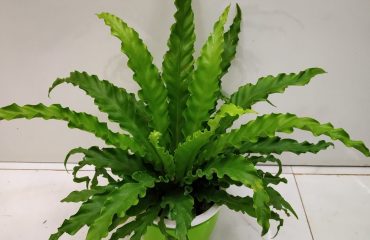HOW TO CARE FOR PEACE LILIES (SPATHIPHYLLUM)
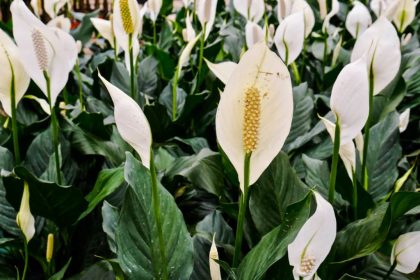
Peace lilies are one of the most common houseplants because they’re easy to grow and beautiful, too! Here’s everything you need to know about caring for a peace lily in your home.
What’s not to love about peace lily, an easy-to-grow indoor plant that brings life and color to low-light spots while also purifying the air. Follow our advice for growing and maintaining peace lily and it’ll soon become your go-to gift plant for friends and family, too
Peace lilies are tropical, evergreen plants that thrive on the forest floor, where they receive dappled sunlight and consistent moisture. Replicating these conditions in the home is the key to getting your peace lily to be happy and healthy.
| Botanical Name | Spathiphyllum |
| Common Name | Peace lily, spath lily |
| Plant Type | Flowering tropical plant |
| Mature Size | Up to 4 feet tall indoors; up to 6 feet tall outdoors |
| Sun Exposure | Medium, indirect light |
| Soil Type | Peat-based potting mix with perlite, sand, or bark |
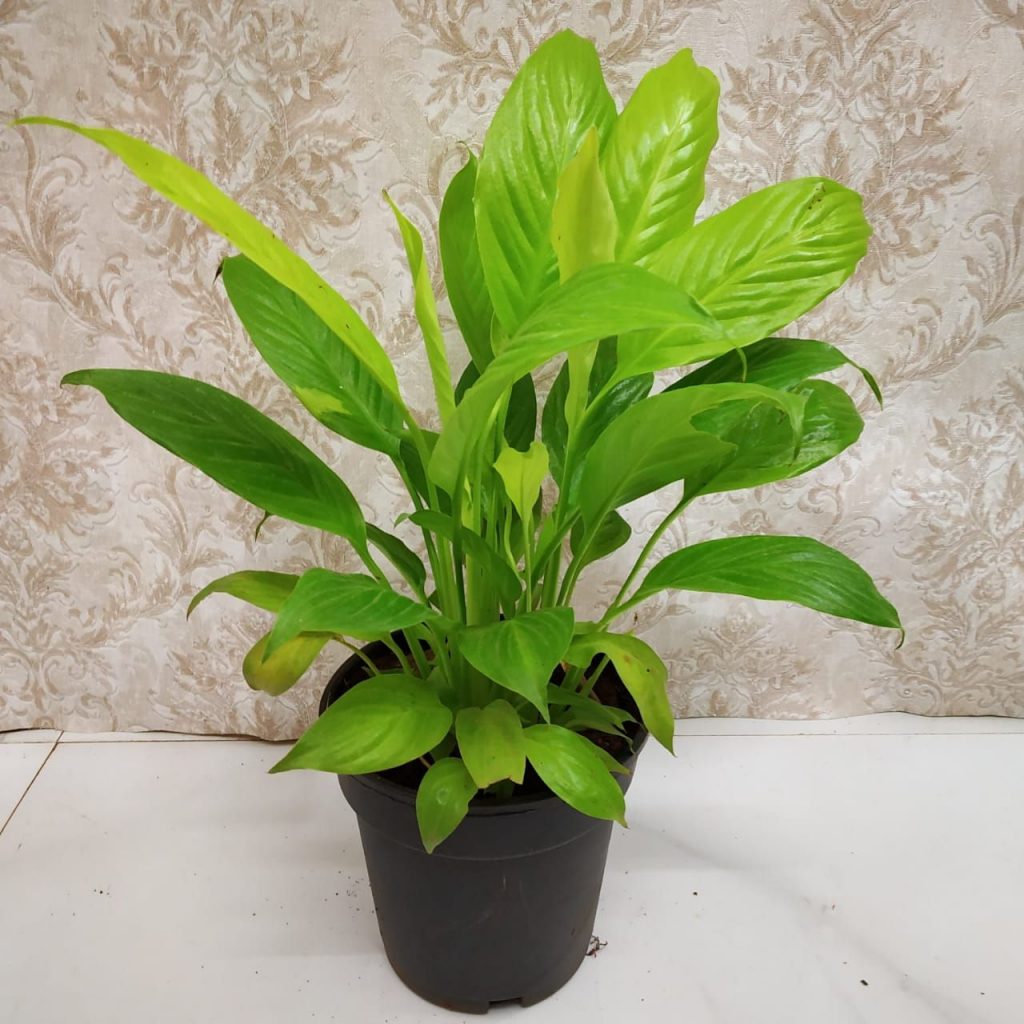
HOW TO CARE FOR A PEACE LILY
- Keep the soil moist, but do not overwater. Peace lilies can tolerate short periods of dry soil, but their leaves will start to brown if neglected for too long.
- Peace lilies are sensitive to chemicals commonly found in tap water, such as fluoride, which may cause brown leaf tips. Use filtered, room-temperature water, if possible.
- Peace lilies enjoy high humidity. Misting their leaves or placing their pot atop a moistened tray of gravel can help to increase humidity.
- Peace lilies are not heavy feeders, so fertilize only occasionally. To encourage spring and summer growth, fertilize every 6 weeks or so with a balanced houseplant fertilizer starting in late winter.
- Peace lilies are a tropical plant, so keep them in temperatures above (16°C) and away from cold, drafty windows. They do best in temperatures upwards of (21°C).
- Keep these plants out of direct afternoon sunlight, but in a well-lit area. An east-facing window is ideal, as they will be exposed to the warmth of the morning sun but avoid the intensity of mid-day rays.
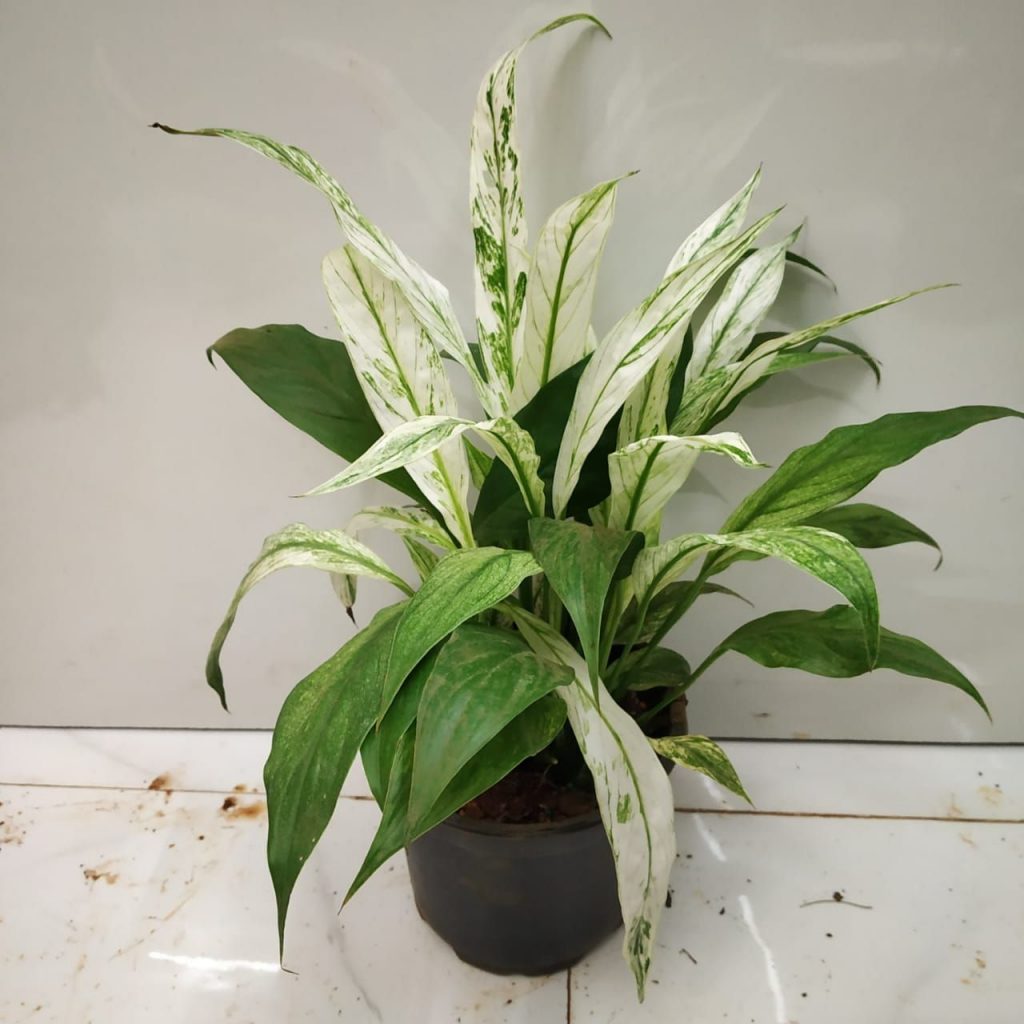
Light: Peace lilies prefer light partial shade, and can tolerate fluorescent lights. In fact, some have been known to thrive in rooms with no windows at all. Yellowing leaves indicate that the light is too strong, and brown leaves or streaks indicate scorching from direct sunlight. Consider placing the plant six to eight feet away from a north- or west-facing window.
Water: If you’re wondering how often to water a peace lily, one tip is to wait for the plant to droop slightly before watering. One of the great advantages in caring for the peace lily is the fact that it sags a bit when it needs water, essentially telling you when it’s thirsty. In general, water at least once a week and keep the soil moist. Throughout the summer growing season, spritz the leaves with soft or distilled water. Water your plant less often in winter.
Even if you you forgot to water for a while and find your plant completely depleted with fronds flat over the pot edge, water and spritz right away. You may be surprised at how quickly the peace lily revives.
Toxicity: From the spathiphyllum family, peace lilies aren’t true lilies (Liliaceae) and therefore don’t pack the toxic punch that genuine lilies do. Although, they are poisonous to both cats and dogs alike because they contain calcium oxalate. Peace lilies should be kept away from animals and small children. Being educated about the risks will help you avoid any accidents. Take a look at our poisonous plants guide for more information.
Pests and Problems: Compared to other house plants, the peace lily is relatively immune to insects and diseases. While they can get spider mites, aphids and mealybugs, owners generally keep these pests under control with regular wiping of the leaves. If pests invade, spray plant with insecticidal soap.
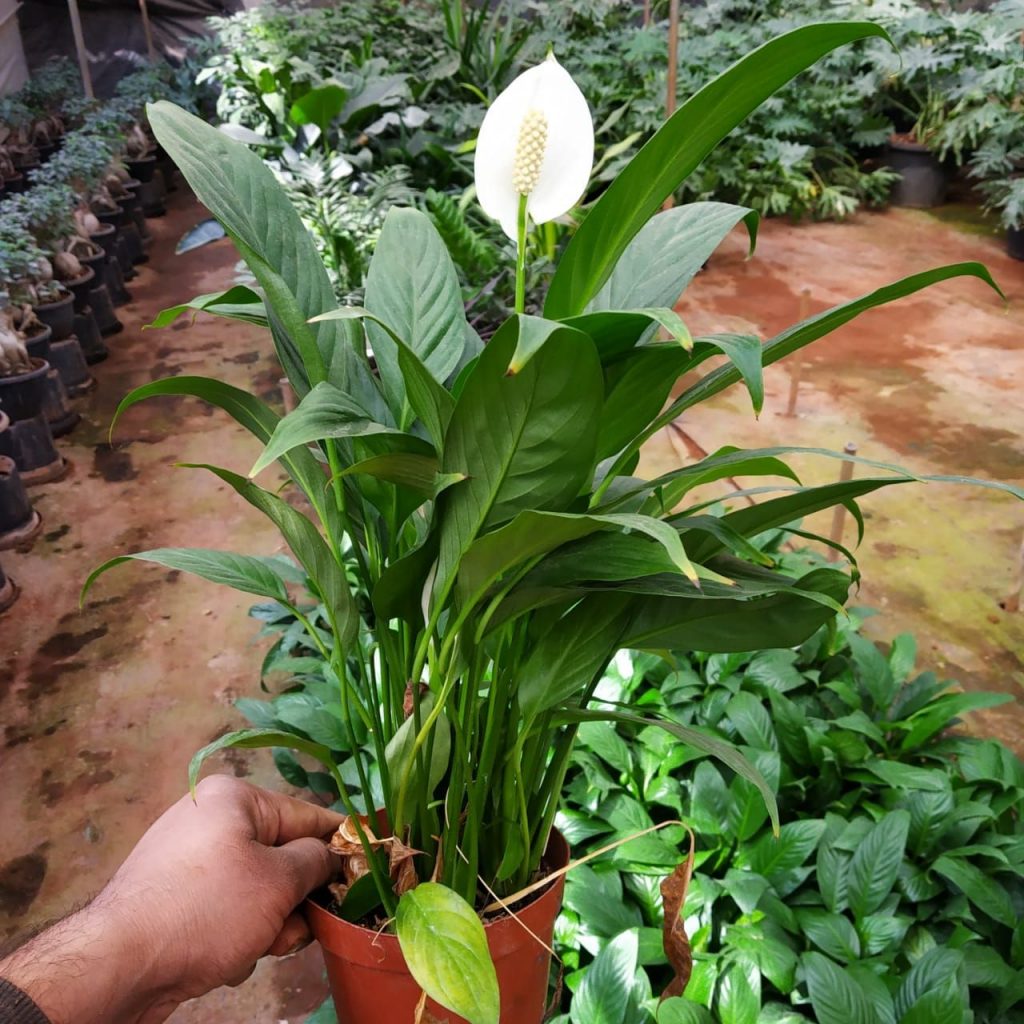
Brown leaf tips can stem from everything from over-watering, over-fertilizing and lack of humidity. Learn to follow your plant’s signals. If leaves are browning at the bottom of the plant, it could just mean these older leaves can’t compete with the more rapidly growing younger leaves.
HOW TO GET PEACE LILIES TO FLOWER
- Most often, if no flowers are appearing, the plant is not getting enough light. Peace lilies are very tolerant of low light, but low light does not mean no light! To encourage flowering, move the plant to a brighter location, where it will receive bright, indirect light.
- Green flowers, weak-looking flowers, or a general lack of flowers can be caused by improper fertilizing. In the case of green flowers, cut back on fertilizing. In the case of weak-looking flowers or a lack of flowers, try switching to a fertilizer made for flowering plants. This type of fertilizer will have a higher amount of phosphorous, which plants need for blooming.
PESTS/DISEASES
- Brown leaf tips are commonly caused by excessive light, over-fertilization, or lack of water and/or low humidity. Keeping the plant on a tray of moistened gravel or misting the leaves can help to increase humidity.
- Yellow leaves may be caused by overwatering, underwatering, or old age (of the leaf).
- Scale and mealybugs will happily take up residence on the plant, if given the opportunity. A thorough wipe-down of leaves with soapy water or insecticidal soap can be effective at stopping them, though repeated applications will be necessary.
Are Peace Lilies Poisonous to Animals?
Peace lilies are listed by the ASPCA as one of the common houseplants that are poisonous to cats. They contain oxalates which can irritate an animal’s mouth and stomach. Because the irritation begins at first bite, however, the animal stops eating the plant pretty quickly, avoiding severe poisoning. Cats and dogs that ingest peace lily leaves begin to salivate profusely, shake their heads and paw at their mouths.





